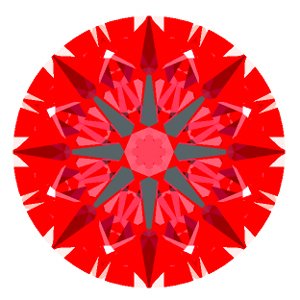BlingChaser
Rough_Rock
- Joined
- Nov 7, 2006
- Messages
- 21
I just bought myself an idealscope and somehow decided to go for the Expert model (I figured if i was going to spend some serious dosh on a stone, what''s an extra $40).
I also printed myself the IS reference charts.
Is it possible for a round diamond to have clearly defined black arrows but can still exhibit poor light return?
Or another way of phrasing that question would be:
Does excellent or very good symmetry ensure at least fair light return?
I find the idealscope very useful to evaluate symmetry but i''m having a tough time gauging light return.
Thanks
I also printed myself the IS reference charts.
Is it possible for a round diamond to have clearly defined black arrows but can still exhibit poor light return?
Or another way of phrasing that question would be:
Does excellent or very good symmetry ensure at least fair light return?
I find the idealscope very useful to evaluate symmetry but i''m having a tough time gauging light return.
Thanks









300x240.png)